In 2015-2016, we will continue to incorporate Anne Green Gilbert’s “Brain Compatible Dance Education” in our Children’s curriculum. According to Ms. Gilbert, “All human beings first learn through movement. Movement can and should remain an integral component of the learning process throughout the lifespan. Studies show…dance and music and art and drama make kids better students and better people…Let art borrow some brain. It’ll return it in better condition.”
Adding to the curriculum of Anne Green Gilbert, Columbia Dance is fortunate to have the expertise of Maeve Dougal. Ms. Dougal, a Columbia Dance Alumni, is currently the Director of Ballet at the Mason Gross Extension Division at Rutgers University, which is an ABT (American Ballet Theater) Certified School. She is also an ABT National Training Curriculum Affiliate Teacher. Ms. Dougal has graciously offered ‘In-service Training sessions’ with our children’s class teachers and will be an ongoing source for information in the coming year. This year, we will have 4 teachers for our Children’s Classes. Each scheduled class session/time will have a regularly assigned teacher throughout the school year. For example: Creative Dance III on Wednesday at 3:15 will have teacher ‘Sally’ scheduled to teach their class for the entire school year.
All teachers will receive monthly curriculum and training sessions directed by Children’s Curriculum Supervisor Rebecca Malcom, with the assistance of Artistic Director/ Director of the School Jan Hurst. Mrs. Malcom has been teaching children of all ages for 30 years, and holds a Master’s Degree in Elementary Education. All Children’s Classes will have an established, uniform curriculum and lesson plans for each month. All curriculum will be approved on a monthly basis by Jan Hurst. While we at Columbia Dance sadly say goodbye and good luck to Miss Liz, we are extremely excited about our upcoming dance year. We have enthusiastic and excited teachers, ready to apply their skills and talents to keep our Children’s Classes vibrant and alive!
Creative Dance 3—Warm-ups include rhyming dance exercises combined with use of props to increase coordination. In Parent/Child classes, parents assist dancers through manipulation and guidance of all movement activities. Our lessons explore weekly movement concepts with the help of props and imagery to increase learning. We work on shaping, dance with instruments and begin to develop technique through practice of gross motor skills. Simple circle dances are performed to develop flow and sequencing. Infants and toddlers engage in sensory motor activities to explore creative expression.
Creative Dance 4—Warm-ups include rhyming dance exercises, ballet-oriented stretches and listening activities using varied locomotor movements. Dancers explore weekly concepts individually through a creative problem solving approach, sometimes with props to aid the exploration. Children learn to copy each other’s shapes and mirror moving shapes. Dancers work on varied technical skills such as leap, gallop, hop, skip, run, slide, twist, bend, stretch, swing, turn and more as well as trying skills already mastered in new ways (exploring levels, directions, speed, etc). Students begin to learn short movement combinations and incorporate this learning into simple folk dances. A variety of music is used to continue to enhance creative expression and improvisation in choreography.
Creative Dance 5—Warm-ups include ballet-oriented stretches and basic modern-based floor work as well as student-directed listening activities. Weekly movement concepts are explored through individual as well as partner and group activities. Students begin to explore shaping in groups and pairs with weight-sharing, molding each other into shapes and mirroring/shadowing each other’s shapes. Dancers continue to reinforce technical skills, adding longer combinations of movements and adding specific rhythms and musical dynamics to combinations. Folk dances are explored in varied formations and with partners. Obstacle courses are used, and higher leaps are encouraged as strength and coordination increases. Ballet and Modern Dance movements are also introduced as they relate to lesson concepts.
PreBallet—Classical ballet emphasizes strength, flexibility, alignment and musicality. Barre work begins at this level; dancers should enjoy the focus and attention that barre work requires. After having the previous experience of the brain-compatible curriculum in the Children’s Division, dancers can more easily layer the specific language of ballet on top of their movement vocabulary. Warm-ups include folk dances to encourage sequencing and learning choreography as well as improvisational whole body movement followed by stretches and strengthening floor work to build greater foot and ankle articulation as well as building stronger abdominal and back muscles to prepare for barre and center. The ballet vocabulary is built gradually to allow students to master the technical aspects of the fundamentals of the material.

